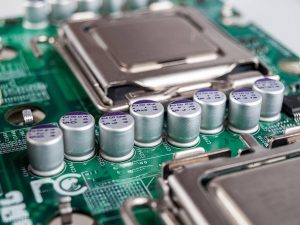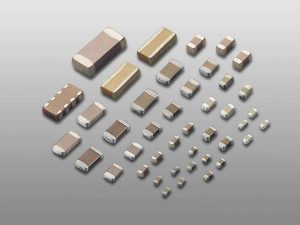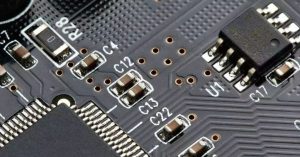Introduces
Passive components, often overshadowed by their active counterparts like transistors and microchips, play a critical role in ensuring the proper function of electronic circuits. While they don’t amplify signals, these components perform a variety of essential tasks, influencing current flow, signal behavior, and circuit stability.

Precise Control over Current and Voltage:
- Resistors: These ubiquitous components regulate current flow, dictating the amount of electrical energy passing through a specific point in the circuit. Think of them as adjustable valves, meticulously controlling the “traffic” of electrons.
- Capacitors: Functioning as temporary energy storage units, capacitors absorb and release electrical energy. They smooth out fluctuations in voltage, ensuring a steady power supply for other components, similar to how a reservoir maintains consistent water pressure.
- Inductors: These components resist changes in current. Imagine them as flywheels in a mechanical system, stabilizing current flow and preventing rapid fluctuations. This characteristic makes inductors valuable for filtering out unwanted noise and ensuring signal integrity.
Shaping and Filtering Signals:
- Capacitors and Inductors: The ability to store and release energy, and resist changes in current, respectively, allows capacitors and inductors to influence the frequency response of a circuit. By introducing delays and phase shifts, they can act as filters, selectively allowing desired signals to pass while attenuating unwanted frequencies. This is crucial for tasks like noise reduction and signal processing.

Maintaining Circuit Stability:
- Feedback Networks: Some passive components, like resistors, are used to create feedback loops within circuits. These loops provide a way to monitor and adjust the behavior of active components (like transistors) in real-time. This feedback mechanism ensures precise control and stability within the circuit.
Interconnectivity and Network Formation:
- Wires and Connectors: These seemingly simple components form the backbone of any circuit. They provide the physical pathways for current and signals to flow freely between different parts of the circuit, enabling communication and coordinated operation between various components.
Key Distinctions of Passive Components:
- No Amplification: Passive components cannot amplify a signal on their own.
- Flexible Connection Options: Most passive components can be configured in various ways (series or parallel) to tailor the overall behavior of the circuit.
- Bidirectional Operation: With the exception of polarized components, passive components generally allow current flow in either direction.
- Power Consumption: Unlike active components that generate power, passive components consume power within the circuit.
Conclusion:
Passive components, despite their lack of amplification capabilities, are fundamental building blocks in electronic circuits. Their precise control over current and voltage, ability to shape and filter signals, and role in maintaining circuit stability are crucial for the functionality of countless electronic devices we rely on daily. Understanding their function is essential for any technician or engineer working with electronics.

